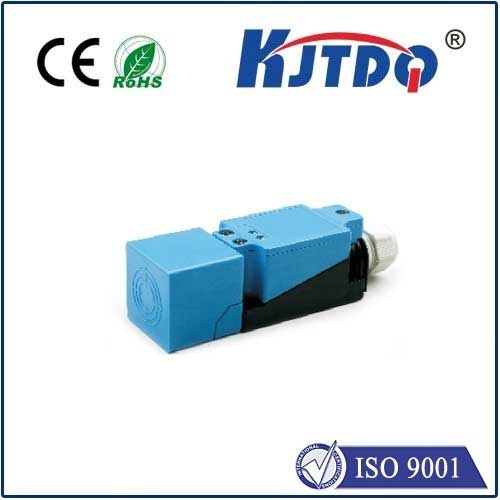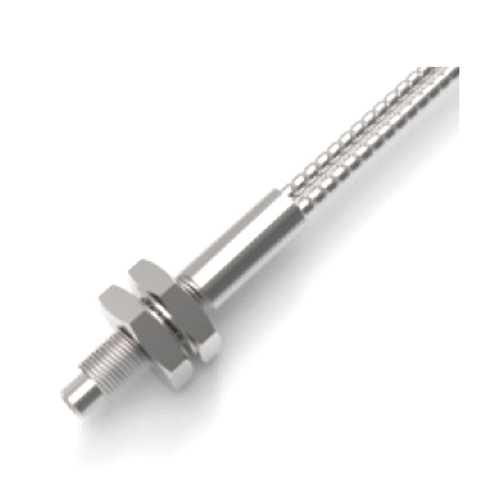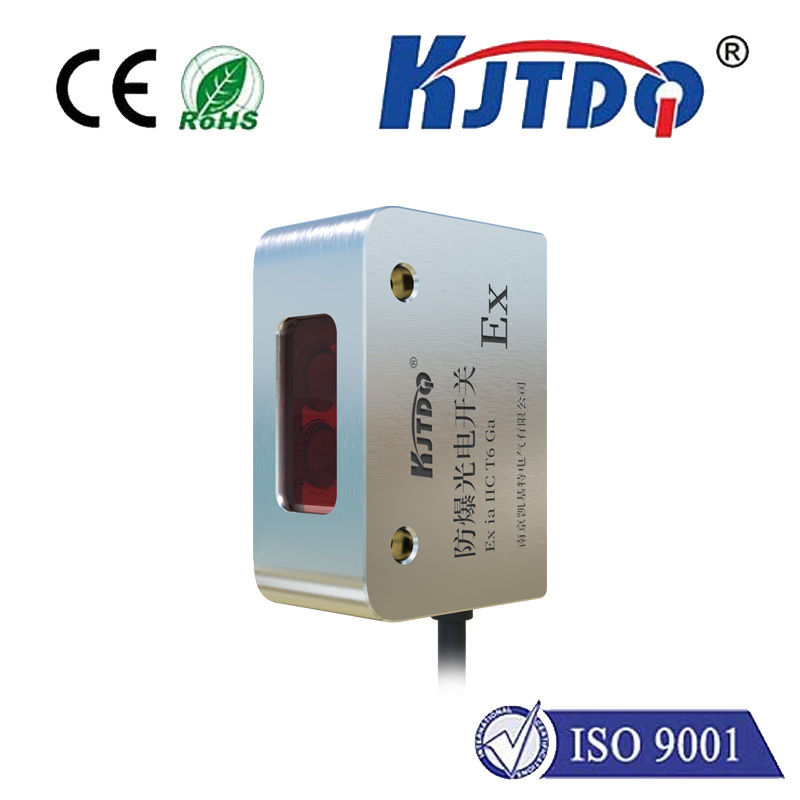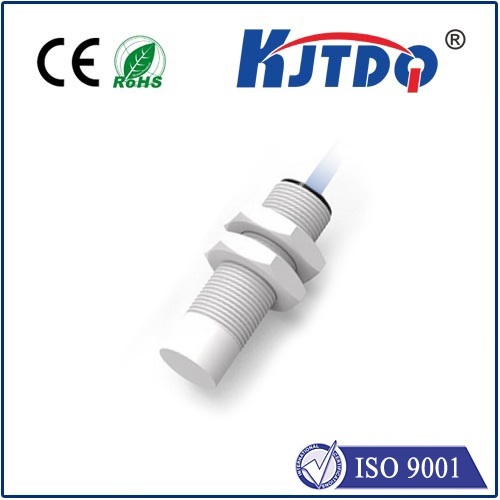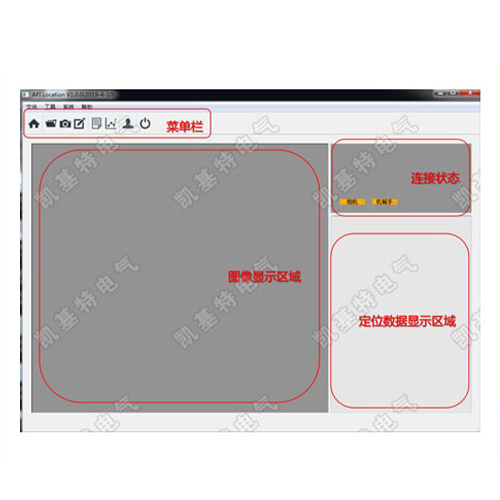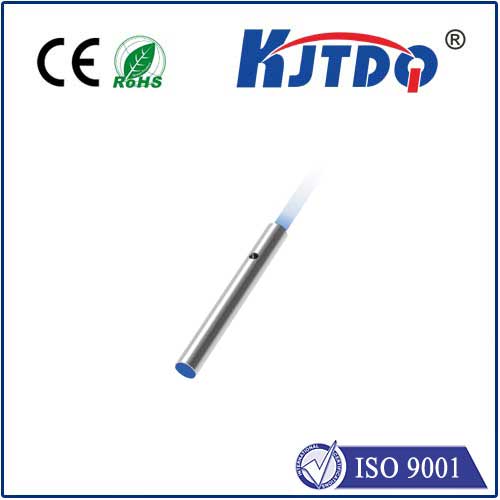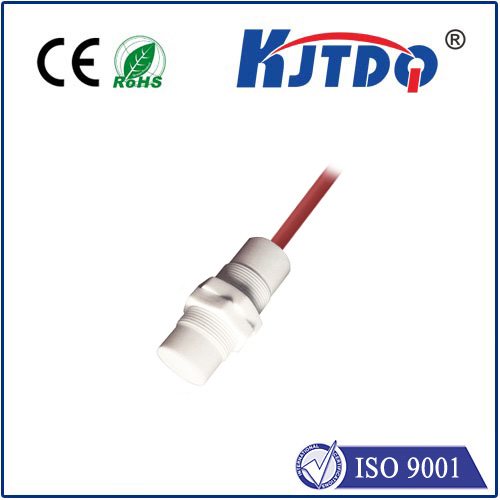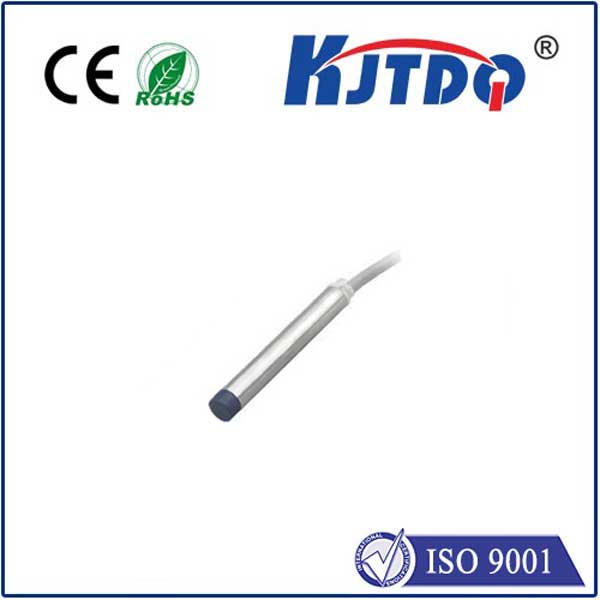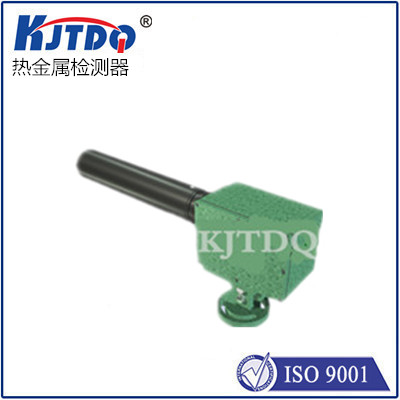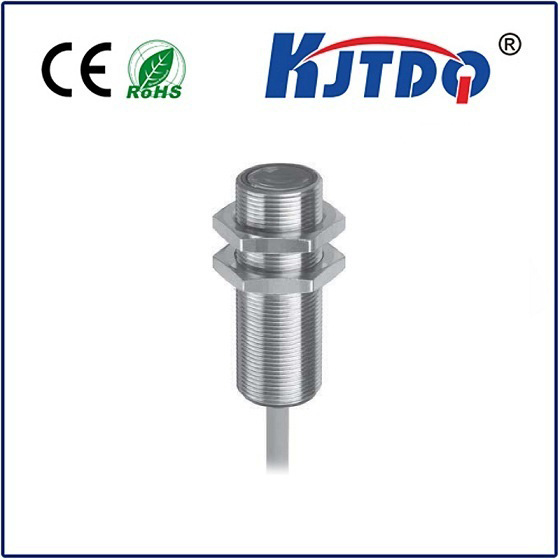

check

check

check

check
Imagine a robotic welding cell operating flawlessly. Sparks fly, metal fuses, and the production line hums with efficiency. Suddenly, for no apparent reason, the system grinds to a halt. A proximity sensor, crucial for detecting the position of the arm or workpiece, has falsely triggered. The culprit? The intense electromagnetic interference (EMI) generated by the arc welding process itself. This scenario, costing manufacturers valuable time and money daily, underscores the critical need for weld immune proximity sensors.
Standard proximity sensors, while reliable in many industrial environments, are notoriously vulnerable within welding zones. The violent electrical arc, producing high currents and powerful magnetic fields, creates an onslaught of EMI noise. This noise easily infiltrates standard sensors, causing:
These failures translate directly into costly downtime, scrapped parts, and compromised worker safety. In high-volume manufacturing like automotive or heavy equipment, every minute of unplanned stoppage can bleed thousands of dollars. Enter the weld immune proximity sensor – a purpose-built solution engineered from the ground up to thrive where standard sensors falter.
Defeating the Arc: The Core Technologies Behind Weld Immunity
Weld immune proximity sensors aren’t just “tougher” versions; they incorporate sophisticated design elements specifically aimed at neutralizing the unique challenges posed by welding. Manufacturers achieve this essential immunity through several key strategies:
Superior Electromagnetic Shielding: This is the first line of defense. Unlike basic sensors, weld-immune versions feature robust, multi-layered metallic housings, often combined with internal shielding cans. This creates a Faraday cage effect, blocking the majority of external magnetic fields and high-frequency EMI before they can reach the sensitive internal electronics.
Advanced Electronic Filtering: Shielding alone isn’t always enough against the broad spectrum of noise welding generates. These sensors incorporate sophisticated electronic filters designed into their circuitry. These filters precisely target and attenuate the specific frequency ranges known to be emitted by arc welding processes – typically lower frequencies associated with the welding current and higher frequencies from the arc initiation and instability. This ensures the sensor only responds to the genuine metallic target signal.
Optimized Sensing Frequency: Some designs leverage specific sensing frequencies inherently less susceptible to common welding noise frequencies. Others might utilize specialized detection methods less prone to EMI corruption. The choice of sensing technology (inductive, capacitive) and its operating frequency are meticulously selected or tuned for maximum immunity.
Enhanced Power Supply Design: Welding interference often couples onto the power lines feeding sensors. Weld-immune sensors include robust filtering and protection circuits directly at their power input terminals. This prevents noise riding on the supply voltage from disrupting the sensor’s internal logic, a common failure point in standard sensors during welding operations.
Ruggedized Construction: Beyond immunity, these sensors endure the harsh physical environment of welding cells: spatter, dust, vibration, and high ambient temperatures. They typically boast high IP ratings (e.g., IP67, IP69K) for dust/water resistance and are constructed from durable metals and robust plastics resistant to weld spatter adhesion.
Where Weld Immune Proximity Sensors Become Indispensable
The application areas for these specialized sensors are vast, encompassing any automation involving welding or occurring near strong EMI sources:
Beyond Avoiding Failure: The Tangible Benefits
Investing in weld immune proximity sensors delivers significant return on investment, far beyond simply preventing nuisance stops:
Selecting the Right Shield for Your Application
Not all weld immune sensors are created equal. When specifying them, consider:
Consulting with sensor manufacturers or knowledgeable distributors is crucial. Provide details about your welding environment – process type, amperage, sensor location – to ensure you receive a product definitively rated and proven for your level of EMI challenge. Look for clear statements of immunity to welding interference meeting relevant standards like IEC 60947-5-2 or specific manufacturer testing certifications like “Welding Cell Certified”.
In the relentless pursuit of manufacturing efficiency, unpredictable downtime is the enemy. Weld immune proximity sensors are not a luxury; they are a strategic necessity for any automated process operating within the challenging electromagnetic environment of welding. By acting as an invisible shield against interference, they safeguard your production flow, protect your investment in automation, and ensure your welding operations deliver consistent quality and maximum throughput.
